With the turning of the calendar, a fresh batch of cars turns 25 years old. That means they’re officially considered antiques, and you can take them to your local AACA show or grab antique car insurance in most states.
Feeling old yet? Here are eight notable vehicles that were redesigned or debuted for the 2000 model year.
Audi TT Coupe

David Dewhurst/Car and Driver
Penned by American car designer Freeman Thomas under the watchful eye of design chief Peter Schreyer, the two-seat Audi TT’s look was inspired by Auto Union Grand Prix racers of the 1930s and named for Europe’s Tourist Trophy, the world’s oldest automotive race. Powered by a turbocharged 180-horsepower 1.8-liter four-cylinder engine, it shared its platform with the humble VW Golf. It would be joined by a 225-hp Quattro model a few months after launch.
Related: Have you ever wanted a twin-engine Honda CRX?
Cadillac DHS/DTS

Cadillac
The pampering Cadillac DHS and sportier DTS replaced the DeVille but proved less popular despite being a far better car. With a 4.6-liter V8 providing 300 horsepower to the front wheels in the DTS and 25 horsepower less in the DHS, the new models were sleek and modern. The DHS and DTS were the first production cars to wear LED lighting. They were also the first car to offer Night Vision, which used infrared cameras to detect objects up ahead that couldn’t be seen with the naked eye. An overlooked but notable automobile.
Ferrari 550 Barchetta Pininfarina
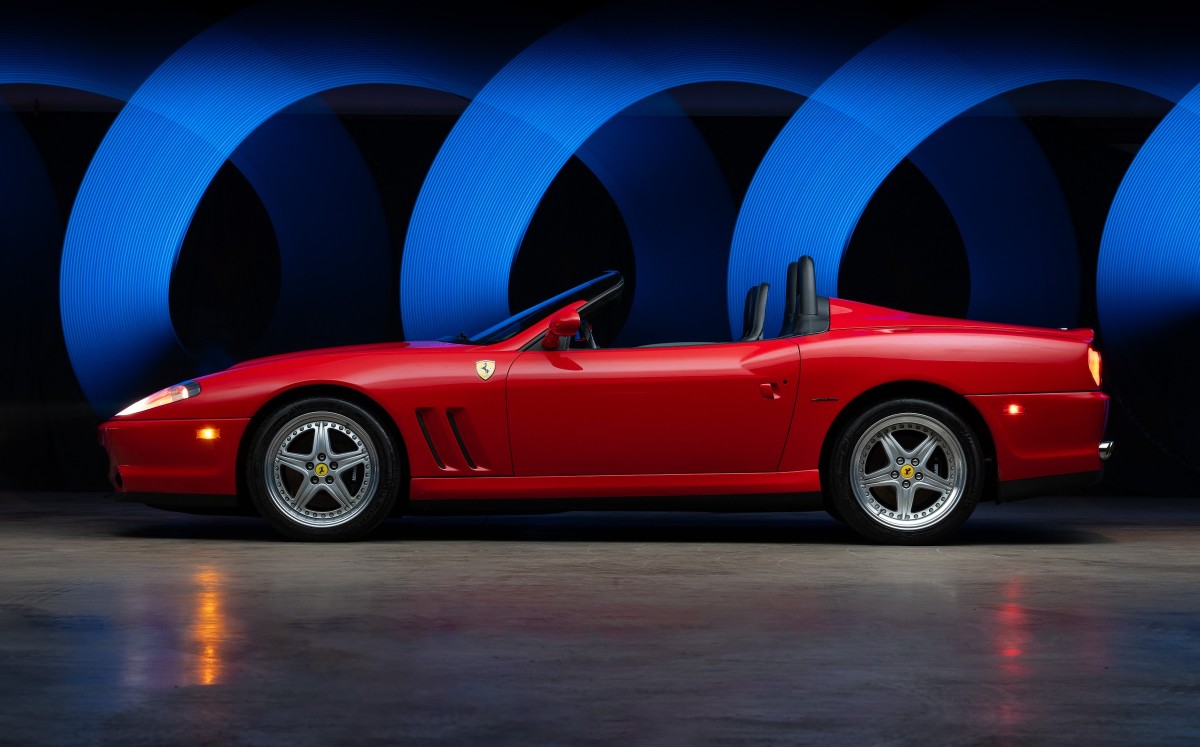
RM Sothebys
Unveiled at the Paris Show in 2000, the 550 Barchetta Pininfarina commemorated the 70th anniversary of Ferrari’s famed collaborator and coachbuilder Pininfarina. Ferrari built 448 cars, of which 127 came to America.
The 550 Barchetta was based on the 550 Maranello, which debuted in 1996 as the automaker’s first two-seat, front-engine, V-12 coupe since the Daytona. The Barchetta featured a more aggressively raked windshield, two-piece alloy wheels, the expected racing seats, and a reworked rear deck.
Related: 2025 GMC Canyon: 6 reasons to love it, 3 reasons to think twice
Ford Focus
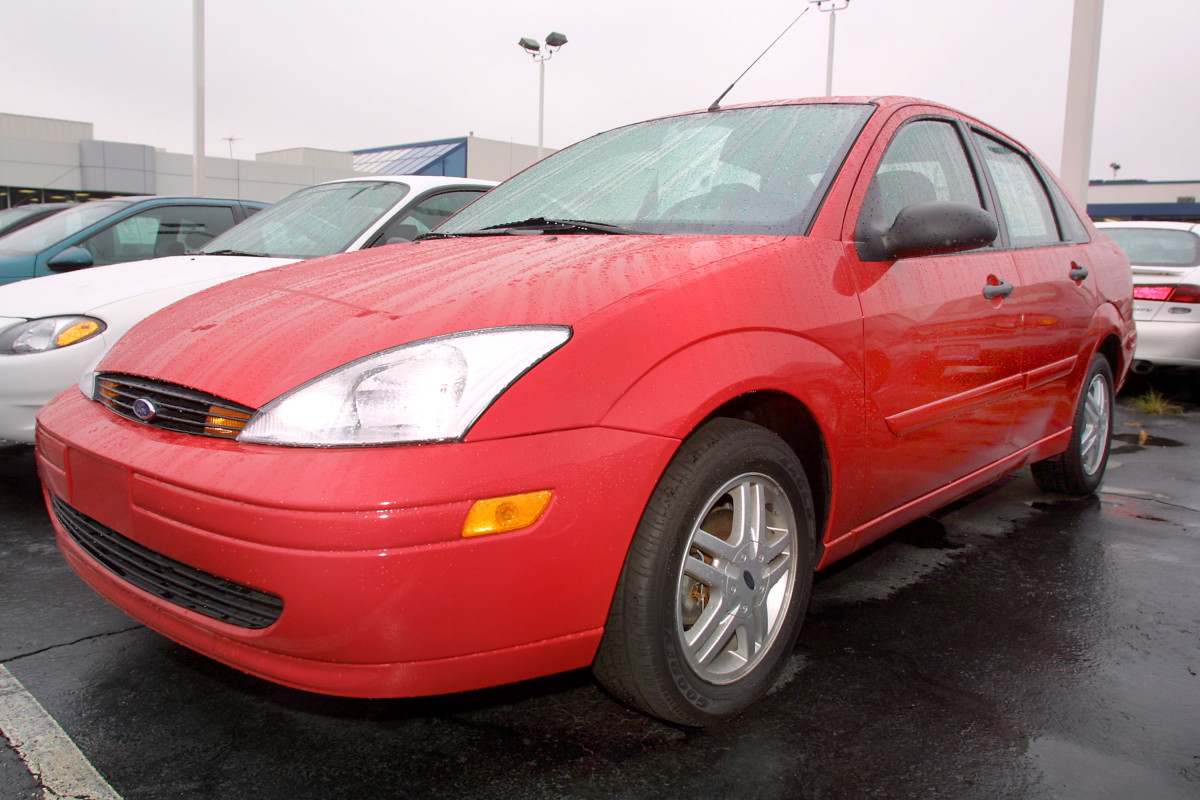
Bill Pugliano/Getty Images
It’s easy to forget what a revelation this compact entry was when it replaced the aging Escort. With communicative steering and great brakes, it proved to be both nimble and fun to drive.
Available as a three-door hatchback, four-door sedan, or SE four-door wagon, the Focus was powered by a 130-horsepower 2.0-liter DOHC four-cylinder engine mated to a five-speed manual transmission. With a contemporary design and good space, the Focus proved that small American cars could still compete with their foreign competition.
Lincoln LS
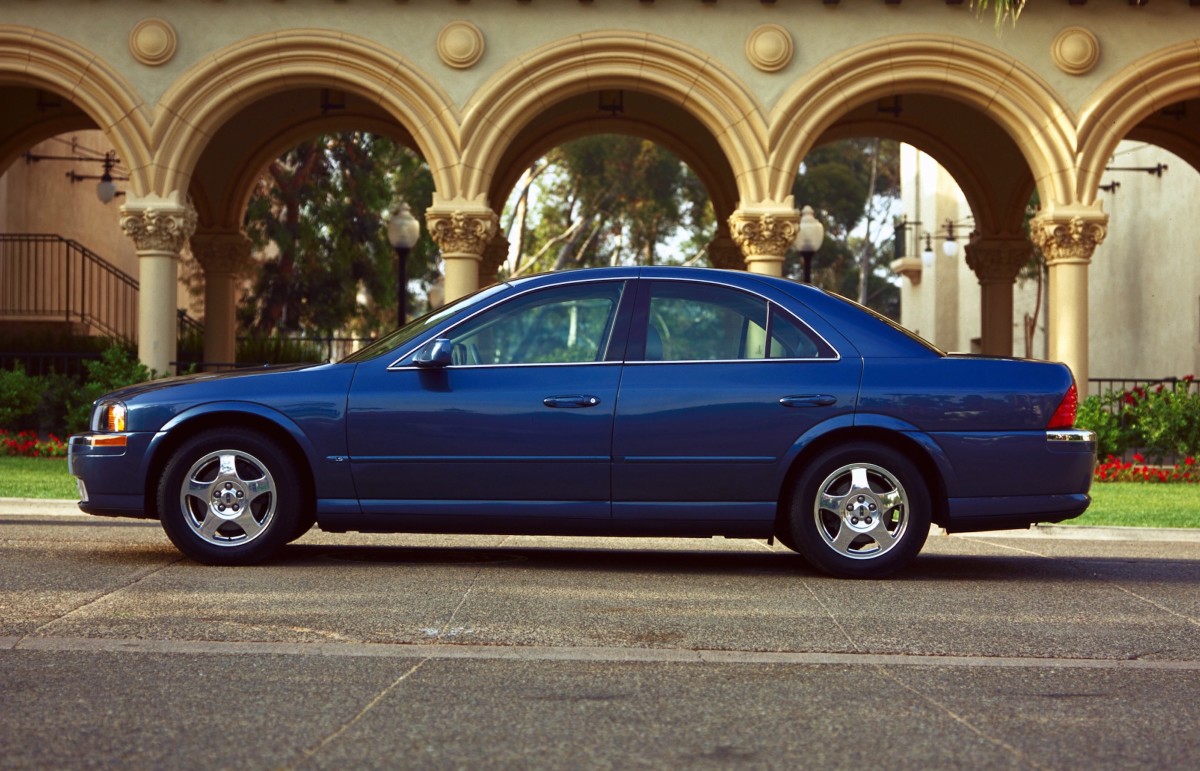
Lincoln
Sharing its platform with its corporate sibling, the Jaguar S-Type, the rear-wheel-drive LS was meant to take on similar midsize sedans from BMW and, well, Jaguar. The LS6 trim boasted a 232-horsepower 3-liter V-6 and five-speed manual transmission, while the LS8 came with a 280-horsepower 3.9-liter V-8 and a five-speed automatic.
More than any American automaker, Lincoln’s sports sedan had a clear European persona, more akin to a BMW 5 Series than a Lincoln Versailles, particularly in LS8 trim. This is notable yet forgotten.
Related: Meet the Cadillac that hits 0-60 in under 3.4 seconds
Mercedes-Benz S-Class
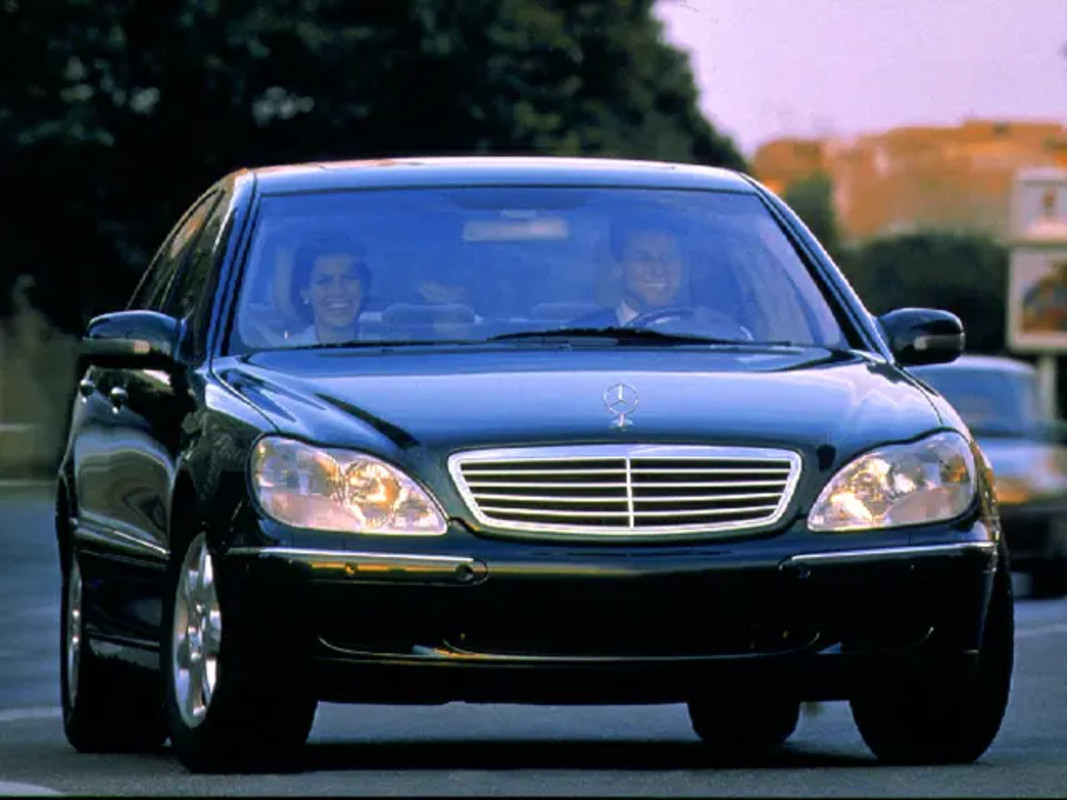
Mercedes-Benz
Offered as the S430 and S500, Mercedes-Benz’s flagship sedan was completely revised for 2000, boasting a 4.3-liter 275-horsepower V-8 in the former and a 5-liter 302-horsepower V-8 in the latter. Both were mated to a five-speed electronic automatic transmission with manual shift capability and fitted with an air suspension as well as GPS navigation. Smaller and more efficient than its predecessor, its sleek modernism brought a breath of fresh air to Mercedes-Benz’s design, even if the build quality wasn’t what it once was.
Toyota MR2 Spyder

Toyota
The Toyota MR2 Spyder was an attempt by the automaker to nab some younger buyers with a two-seat, mid-engine convertible. However, only 5,000 units were sold in the U.S. annually, so the volume was small.
At 153 inches long, it was diminutive yet mighty, thanks to its 138-horsepower, 1.8-liter dual-cam four-cylinder engine mated to a five-speed manual and 2,200-pound curb weight. Unlike the front-wheel-drive Celica sports coupe, the MR2 Spyder was a true, dyed-in-the-wool, droptop, mid-engine sports car, and an affordable one at that.
Related: Mazda is celebrating the MX-5’s 35th anniversary with a model you likely can’t get
Toyota Prius
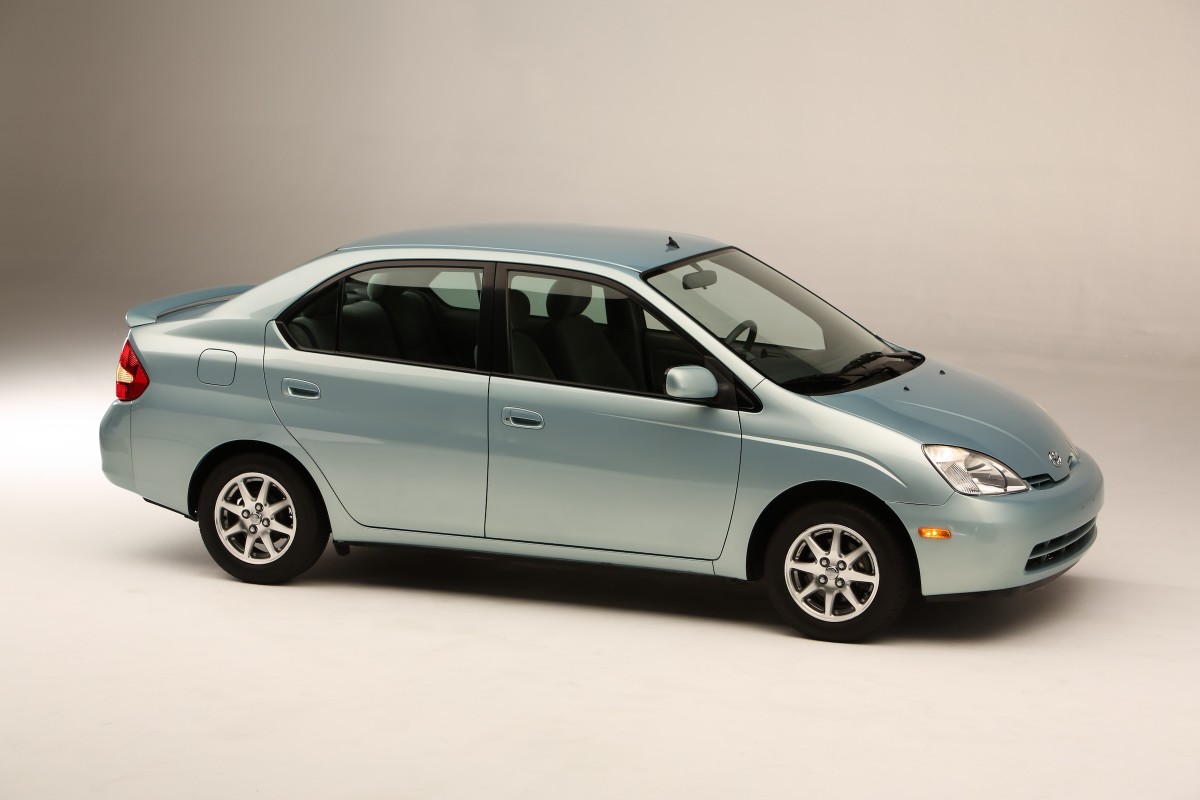
Toyota
Among the first mass-produced modern hybrid vehicles in the world, the 2000 Toyota Prius might just be the most important. Power came from a 70-horsepower gas engine mated to a 44-horsepower electric motor.
Engineered for fuel efficiency, not speed, the Prius was anything but quick, needing 13 seconds to reach 60 mph. However, it returned 35 mpg, which were impressive figures at the time. This car paved the way for all the hybrids that followed from Ford, Honda, Hyundai, Kia, Lamborghini, and others. It is a truly important if loveably nerdy-looking, car.
Top sellers of 2000
Where were you 25 years ago?

'N Sync
Top album: “No Strings Attached” by ‘N Sync
Top Single: “Breathe” by Faith Hill
Top TV show: “Survivor,” CBS
Top movie: “How the Grinch Stole Christmas” starring Jim Carrey
Top fiction book: “The Brethren” by John Grisham
Top nonfiction book: “Who Moved My Cheese?” by Spencer Johnson
Related: It turns out that Akio Toyoda was right